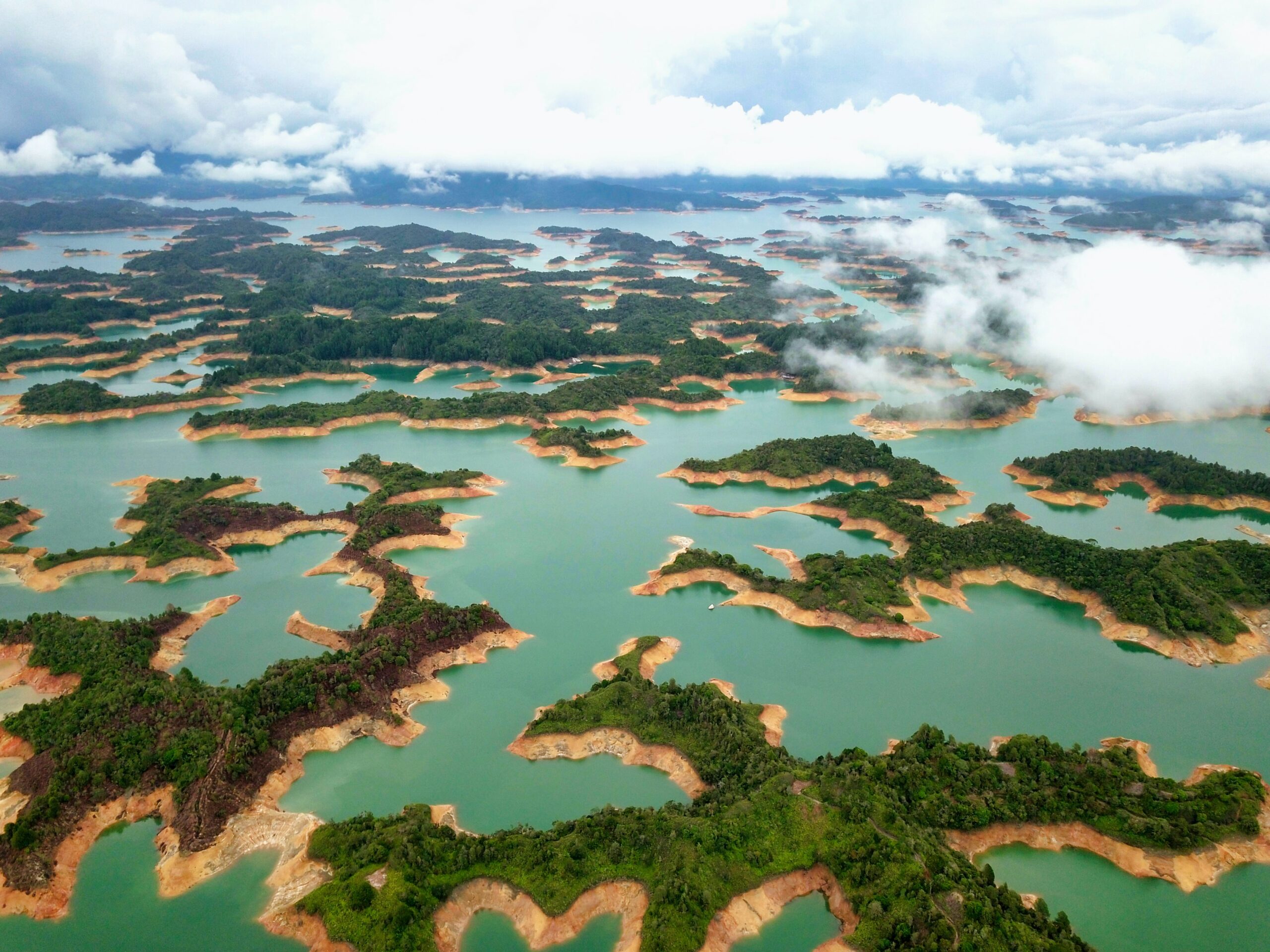Practical Guidelines for Value Transfer in Denmark
Based on the current state-of-the-art in validity of value transfer, simple unit value transfer is recommended instead of the theoretically more appealing value function transfer from a single primary valuation study (benefit function) or multiple studies (meta-analysis). A seven-step practical guideline is recommended for future value transfers. These guidelines should lead to more consistent, reliable and acceptable treatment of use and non-use values of environmental goods in economic analyses, e.g. cost-benefit studies.
Background and aim:
This report is written on behalf of the Danish Environmental Protection Agency. The main aim is to develop simple and user-friendly, practical guidelines for transfer of economic estimates of changes in environmental goods from previous studies to current cases that are also scientifically defensible. Since value transfers most often occur in both time and space, the guidelines address both these dimensions.
The study:
This report is written by Ståle Navrud with assistance from Jan Atle Liodden at Sweco-Grøner. The project manager Robert Heidemann and the project reference group have provided very valuable comments and input especially in terms of making the list and description of Danish valuation studies (see appendices A and B) as complete as possible.
Main conclusions:
The main output from this project is the practical guidelines for value transfer, and an example illustrating how these guidelines can be applied both to use as well as non-use values of environmental goods. As a good basis for national value transfer, appendices A and B describe the primary Danish valuation studies on the priority environmental impacts for this report, which are: surface water quality, groundwater quality, marine and coastal areas, soil quality, landscape (aesthetics, cultural heritage and recreation aspects of e.g. forests and moorland), ecosystem functions and biodiversity. Due to the limited number of primary Danish valuation studies for most of these goods, and the diversity in valuation methodologies and site–specificity of forest areas (for which many studies exist), it is not justifiable to construct general unit values for transfers. However, reviews and data bases of Danish and European primary valuation studies can be used together with the suggested step-by-step guidelines to perform value transfer, as illustrated by the transfer of use and non-use values for the Skjern River restoration project. This case study shows that the suggested step-by-step practical guidelines simplify the value transfer exercise, avoid arbitrary assumptions (which are easy to criticise), and use assumptions that rather underestimate rather than overestimate the environmental values. This is expected to improve the reliability and acceptability of cost-benefit analyses involving the priority environmental goods.
Download the report here.













